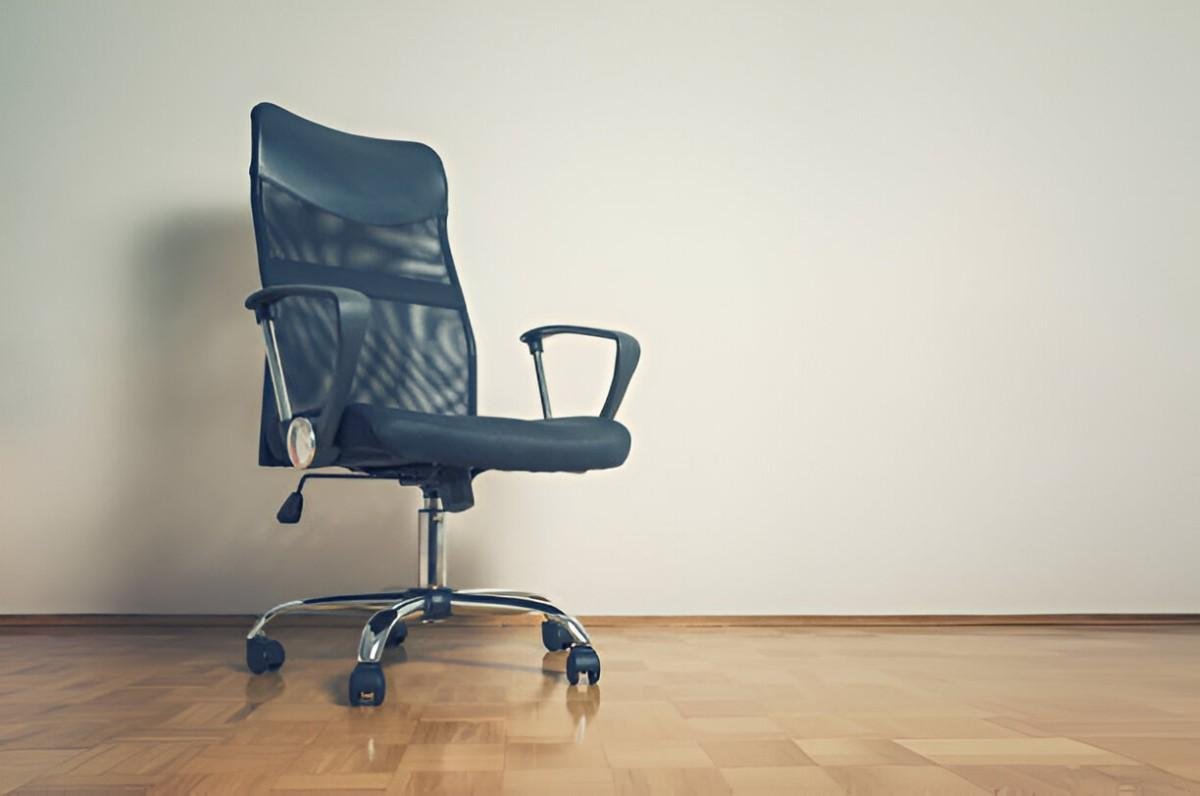As someone who has spent countless hours working at a desk, I’ve come to understand the significance of a proper ergonomic office chair. Sitting for extended periods can lead to discomfort, poor posture, and even long-term health issues if the chair doesn’t support your body well. In this guide, I’ll share how you can choose the best ergonomic office chair for your needs. By the end, you’ll know exactly what to look for and how to make an informed decision.
Table of Contents
Understanding Ergonomics
Before diving into the specifics, it’s important to understand what ergonomics means. Ergonomics is the science of designing and arranging things so they interact efficiently with the human body. When applied to office chairs, this involves features that promote proper posture, reduce strain, and enhance comfort. A good ergonomic chair should minimize stress on your back, shoulders, and neck, all while improving your work efficiency.
Why Ergonomic Chairs Matter
Here’s a brief overview of why choosing the right ergonomic chair is crucial:
- Posture Support: Without proper lumbar support, sitting can lead to slouching, which strains your spine.
- Reduced Pain: A well-designed chair can alleviate back, neck, and shoulder pain.
- Increased Productivity: When you’re comfortable, it’s easier to focus on work.
- Long-Term Health Benefits: Using a chair that supports your body reduces the risk of musculoskeletal issues over time.
Key Features to Consider in an Ergonomic Office Chair
When evaluating ergonomic chairs, these are the most critical features to focus on:
1. Adjustable Seat Height
- Look for a chair with a pneumatic height adjustment mechanism.
- The seat height should allow your feet to rest flat on the floor, with knees at a 90-degree angle.
2. Lumbar Support
- Good lumbar support is essential for maintaining the natural curve of your lower spine.
- Adjustable lumbar support lets you customize the chair to your specific needs.
3. Seat Depth and Width
- The seat should be deep enough to support your thighs but not so deep that it puts pressure on your knees.
- A width of at least 17–20 inches is standard for most users.
4. Backrest
- A backrest that supports the natural curve of your spine is key.
- Look for tilt and height adjustments for maximum customization.
5. Armrests
- Adjustable armrests help reduce shoulder strain.
- Ensure they support your arms comfortably without interfering with desk access.
6. Material and Padding
- The material should be breathable to prevent overheating.
- Padding should be firm but comfortable, avoiding excessive softness that offers little support.
7. Swivel and Wheels
- A swivel base allows you to move freely without twisting your body.
- Caster wheels should be sturdy and suitable for your flooring type.
Comparing Popular Ergonomic Chairs
Here’s a comparison of some popular ergonomic office chairs to help you decide:
| Feature | Chair A | Chair B | Chair C |
|---|---|---|---|
| Price | $300 | $450 | $700 |
| Adjustable Lumbar | Yes | Yes | Yes |
| Seat Material | Mesh | Leather | Hybrid |
| Armrests | Fixed | Adjustable | Fully Adjustable |
| Warranty | 1 Year | 3 Years | 5 Years |
While price isn’t always an indicator of quality, investing in a higher-end chair often provides better durability and features.
How to Test a Chair Before Buying
If possible, try out a chair before committing to a purchase. Here’s what to do:
- Check Adjustability: Test all the adjustment options to ensure they’re easy to use.
- Sit for 15 Minutes: This gives you a realistic feel for its comfort and support.
- Evaluate the Backrest: Ensure it aligns with your spine and offers adequate support.
- Inspect Build Quality: Look for sturdy materials and smooth mechanisms.
Tips for Setting Up Your Ergonomic Chair
Once you’ve chosen the right chair, proper setup is essential. Here’s how to optimize your chair:
- Adjust the Seat Height: Your feet should be flat on the floor, and your knees should be level with your hips.
- Set the Lumbar Support: Position it to align with the natural curve of your lower back.
- Position the Armrests: Your arms should rest comfortably, with your shoulders relaxed.
- Recline the Backrest: Aim for a recline angle of 100-110 degrees for optimal posture.
Common Mistakes to Avoid
When choosing an ergonomic chair, steer clear of these pitfalls:
- Prioritizing Looks Over Function: A sleek design isn’t worth it if the chair lacks ergonomic features.
- Ignoring Adjustability: Fixed features can limit comfort and lead to poor posture.
- Buying Without Research: Take time to read reviews and compare models.
Maintenance Tips for Longevity
To ensure your chair lasts, regular maintenance is crucial. Here’s how to care for it:
- Clean the Material: Use a damp cloth for leather or mesh and a vacuum for fabric.
- Lubricate Moving Parts: Keep mechanisms running smoothly with periodic lubrication.
- Tighten Screws: Check for loose screws and bolts to maintain stability.
My Recommendations
After years of trial and error, here are my personal favorites:
- Budget-Friendly Option: Chair A offers great features without breaking the bank.
- Mid-Range Pick: Chair B balances price and functionality beautifully.
- Premium Choice: Chair C is an investment but worth every penny for long-term comfort.
Conclusion
Choosing the best ergonomic office chair takes time, but the benefits are well worth the effort. By focusing on key features, comparing models, and prioritizing your comfort, you can find a chair that supports your body and enhances your work experience. Remember, your health is an investment, and a good chair is a step toward a healthier lifestyle.





